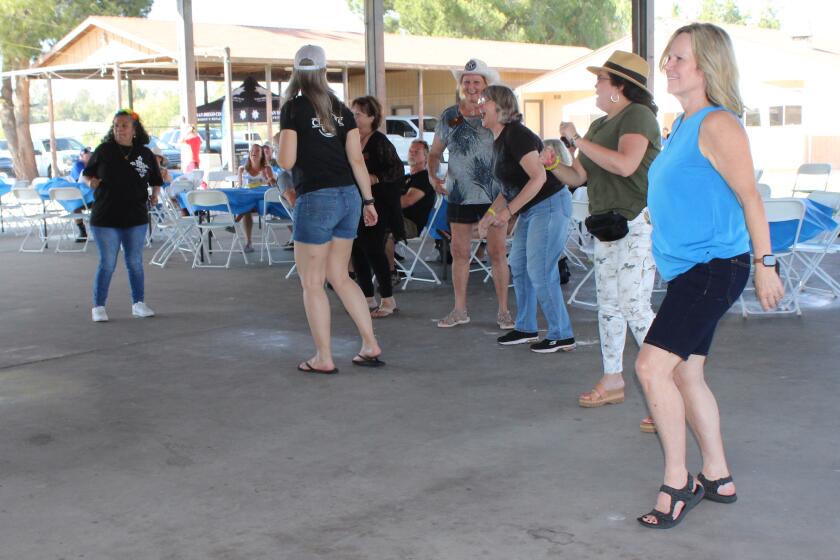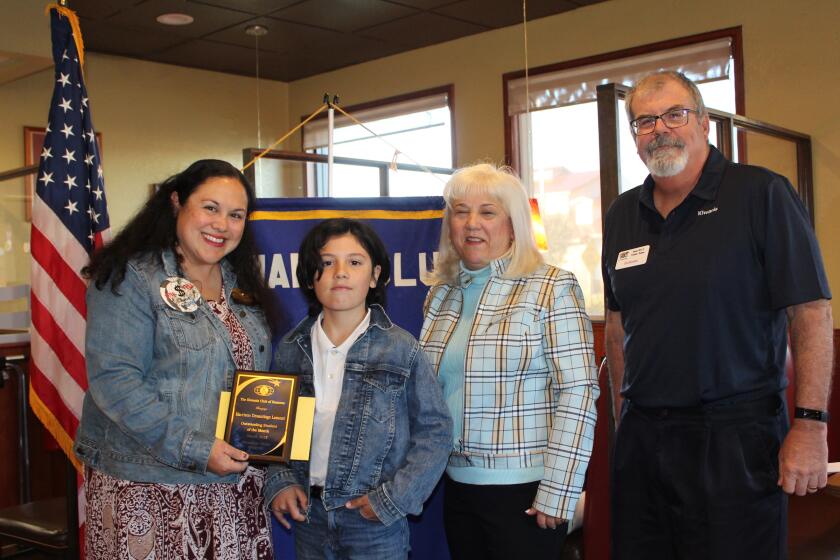Why are our schools so deep in debt?
By Superintendent Bob Graeff
Ramona Unified School District
(This is the fourth in a series about fiscal issues related to the Ramona Unified School District.)This week, the governing board will be asked to consider the adoption of our First Interim Budget report (posted this week on our website). As required by law, the district must project revenues, expenditures, and ending balances for the current year and the two years which follow. Just a quick glance will reveal that the district has a near-crippling indebtedness problem — which may have devastating results in 2014-15 and beyond.Why are our schools so deep in debt?In 2002, the community responded to the district’s fourth attempt at passing a school bond with a “No” vote. Faced with consistently increasing enrollment, lack of suitable housing for students, a rapidly deteriorating elementary school, and classroom shortages in an alternative school and middle school, the board approved a staff recommendation to borrow money.A loan (specifically a certificate of participation or COP) in the amount of $25 million was approved by the board in 2004. As part of the deal, the state provided matching funds of an additional $34 million. All together, the district borrowed $25 million from its lenders but received $59 million for capital improvements.With this money, the district built the new Hanson Elementary School on Boundary Avenue and the new Ramona Community School on Ramona Street. The district also built a new two-story bank of classrooms at Olive Peirce Middle School, while making other improvements at both OPMS and Ramona High School. While part of the plan was to add parking and athletic fields on the 40 acres behind Ramona High, the funding fell short and that plan was never completed.The new classroom space created on these four sites house more than 1,500 students on a daily basis, providing our families and the community a source of pride and a high-quality education.Like any loan, however, bills become due. While the original plan for the loan was to repay the loan with special funding created during the loan process and developer fees, local building has dried up during the Great Recession and the district will exhaust all of the funding this year earmarked to pay back this loan. Although refinanced in 2007 to provide better interest rates, the district will have no option next fall but to begin using General Fund money to make COP payments.Under the current terms, we will owe about $1.7 million in 2014-15, $1.8 million in 2015-16, and so on until the loan is repaid in 2032 with a final payment of $3.4 million. With a total district annual state revenue stream of about $36 million in the General Fund, these annual payments will be crippling.Twelve years ago, did the district need to replace Hanson School? Undoubtedly. Did the district need to add more capacity at the dual RCS programs? No question. Did the district need to modernize both OPMS and RHS? Of course — with many more needs still outstanding.But what the district was not able to project at the time was the largest national building recession in 75 years — drying up our ability to repay the loan with developer fees as projected.Options for loan repayment now have become a critical issue for our schools. Look for future articles as I lay out the few obvious options remaining available to the district.




